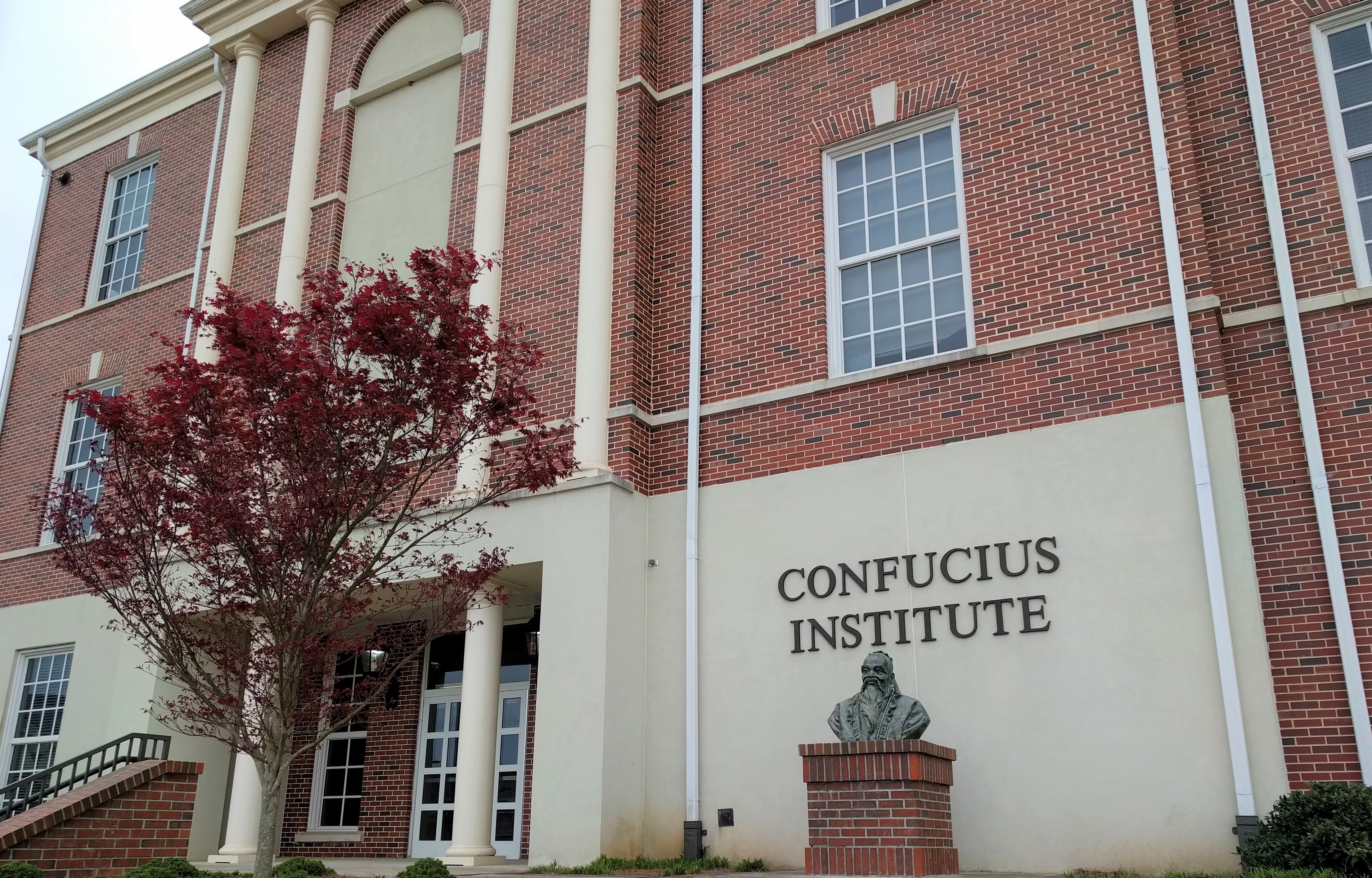What Teachers Say About Working in Confucius Institutes and Their Soft-Power Effectiveness

Source: Kreeder13, Wikimedia
Research Paper by Linsheng Hong, Research and Management Associate, ICES
Octoter 31, 2025
Key Takeaways
1. The number of Confucius Institutes (CIs) worldwide has remained largely stable since 2020, while affiliated Confucius Classrooms (CCs) have declined sharply. 2. Regional trends show a steady presence in Asia and Africa but a contraction in Europe and the Americas, reflecting divergent levels of local receptivity. 3. Interviews with CI teachers point to uneven working conditions, insufficient stipends, and limited career support. 4. Student motivation proved highly context dependent, remaining weak in Europe but stronger in Asia, where learning Chinese offered tangible benefits. 5. Teachers viewed cultural activities as valuable but increasingly repetitive, calling for more contemporary and locally relevant programming. 6. Overall, the CI network remains an important but imperfect tool of Chinese soft power. It is most effective where demand and cooperation are strong but it continues to face bureaucratic and political constraints.
Introduction
China has sought to promote a distinct form of soft power, presented less as an ideological project and more as a blend of cultural outreach and pragmatic considerations. Alongside trade and investment initiatives, Beijing has invested heavily in educational and cultural programs abroad. The most visible of these are the CIs, launched in 2004 by Hanban (now the Center for Language Education and Cooperation, CLEC). CIs were designed as key instruments for promoting Chinese language and culture abroad. Modelled by the British Council, Alliance Française, and Goethe-Institut, the CIs were framed as neutral spaces for language learning and cultural exchanges. Yet in practice, they have often been perceived, particularly in Western countries, as politicised and inefficient mechanisms of cultural diplomacy.
Please note that views expressed by the author do not reflect the policies or positions of ICES.